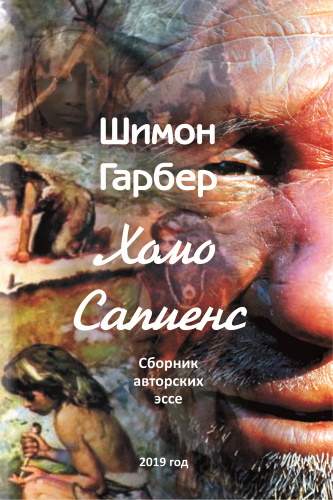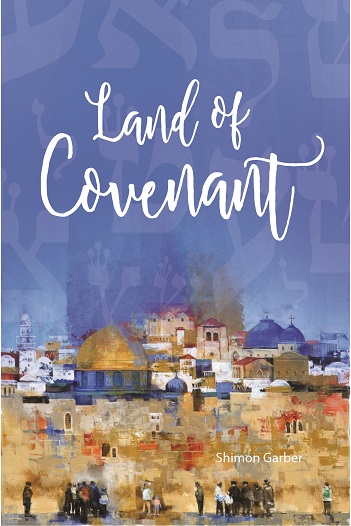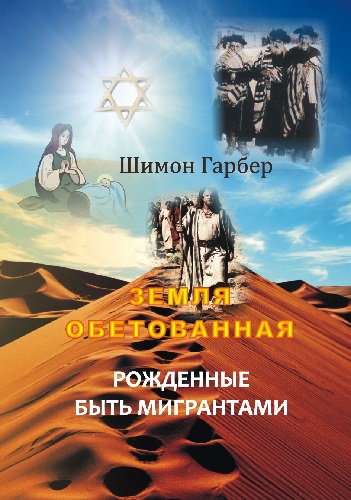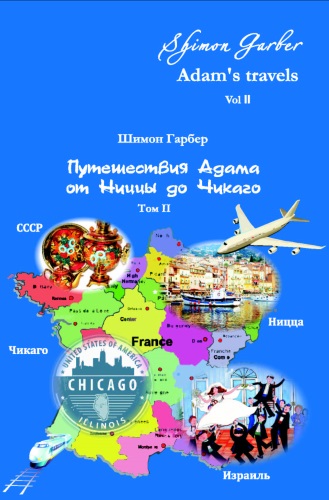Last news
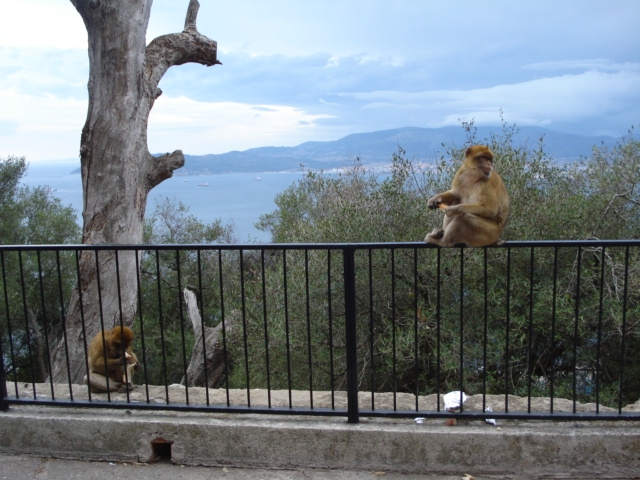
HOMO SAPIENS III (10)
Published: 2021-02-08
Slavery as a way of creating value is recorded in the founding Torah, included in the New Testament of the Judeo-Christian religion. Slaves were children who were sold into slavery by their parents for debts, prisoners of war, or bought from other nations. For example, the Phoenicians traded in slaves. Although the slaves were the property of the owner, the Torah forbade injuring the slave. In case of violation of this law, the slave received freedom.

HOMO SAPIENS III (9)
Published: 2021-02-07
CIVILIZATION
About five thousand years ago, in the Middle East, along the Tigris and Euphrates rivers, city-states began to arise, erected by people who arrived on ships, who called themselves "blackheads." In the history of Homo sapiens, they remained as the Sumerians. Arriving possibly from India, the Indus River Valley - the cradle of civilized communities, brought a wealth of knowledge, which allowed the established population to advance in various areas significantly.
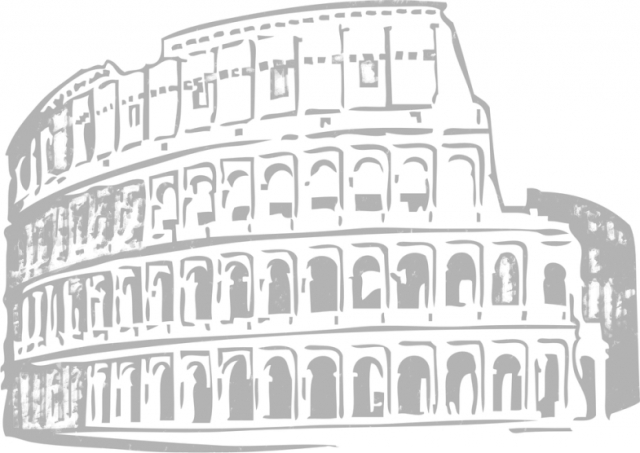
Homo Sapiens 3 (8)
Published: 2021-02-06
Slavery has accompanied the entire history of civilization in the human community. Captives captured during wars, debtors who could not return borrowed money, criminals caught red-handed were turned into slaves. In a primitive communal existence, women were taken into slavery, and men were killed or sacrificed to a totem and then eaten during a mealtime.
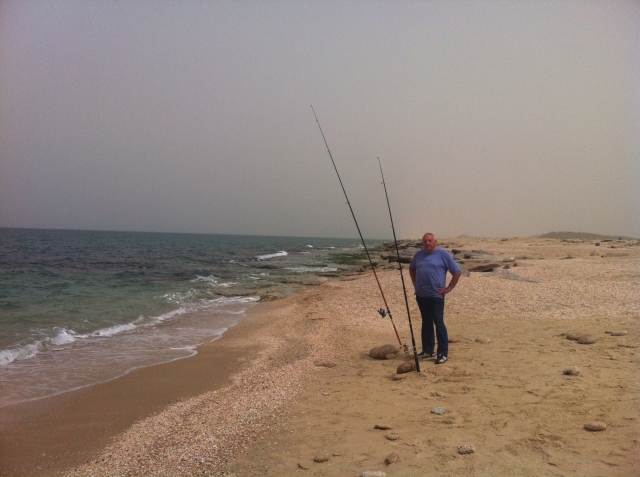
HOMO SAPIENS 3 (7)
Published: 2021-02-04
The history of the Homo sapiens species can be considered from the beginning of this species' exodus from Africa about 185 thousand years ago, judging by the remains of the early representatives of Homo sapiens found in Israel. There are other dates of 120-150 thousand years ago. Climate change in Africa has forced many of the continent's wildlife, including hominids, to search for alternative favorable habitats.

HOMO SAPIENS 3 (6)
Published: 2021-02-03
Epidemics in the Middle Ages led to a significant decrease in the population. This brought about changes in feudal relations. Small artisans began to hire people. The fields that were sown with cereals turned into pasture for livestock. Taxes increased, and the boundaries between estates were blurred. In Europe, numerous riots and uprisings brutally suppressed led to the transition from feudal to rental relations in agriculture.

HOMO SAPIENS VOL III (5)
Published: 2021-02-02
The ability to use fire, create tools, fight predators and other hominids' representatives honed the ability to survive. These were populations of hunter-gatherers, subject to totem rites and taboos. Mastering all the new spaces, the populations of Homo sapiens moved further and further, settling around the planet and in several thousand years to master almost all continents and most of the islands.
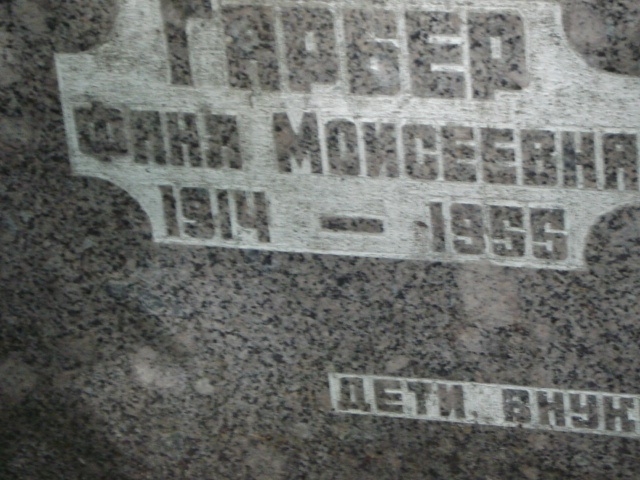
HOMO SAPIENS VOL 3 (4)
Published: 2021-02-01
In almost all religions, there is a mythical belief in the afterlife, which allows you to convince the flock of the need for the splendor and worship of the designated deity, securing a place in the afterlife.

Homo Sapiens 3 (2)
Published: 2021-01-30
The biological nature of man is manifested in his behavioral motives. At the same time, man is a social being. He cannot live outside of society. A person is born with an already formed brain, with certain instincts embedded in the brain's limbic system. A person acquires social skills in the process of development, communicating with the society around him.

DELICATES OF GEORGIA
Published: 2021-01-28
One of the oldest countries in the world.

QUARATINE
Published: 2021-01-25
Quarantine is quarantine, but lunch is on schedule:
Salmon, scallops, lobster meat!

